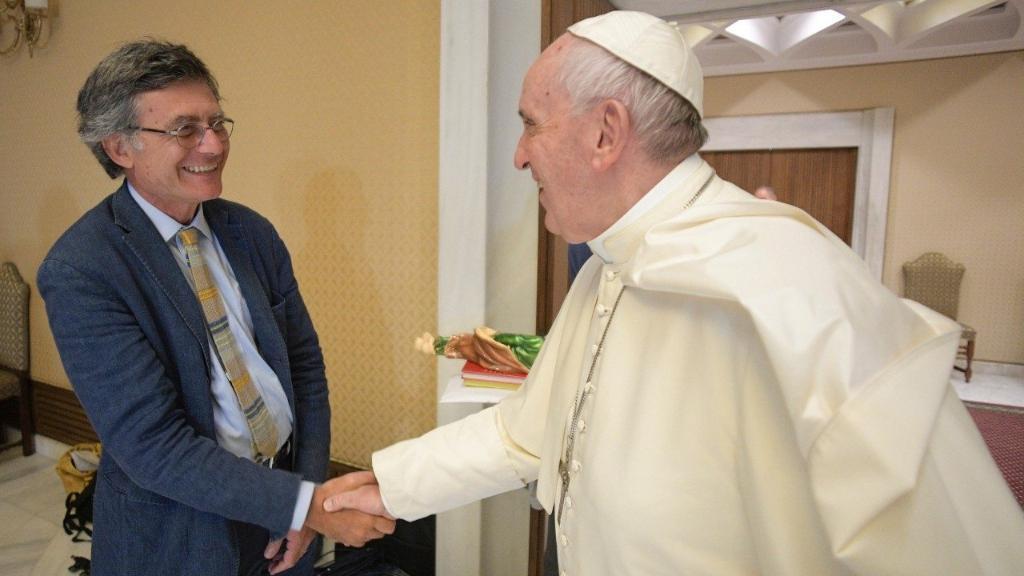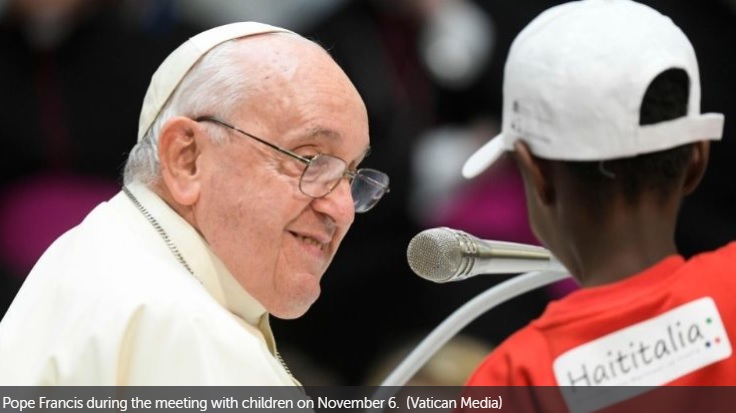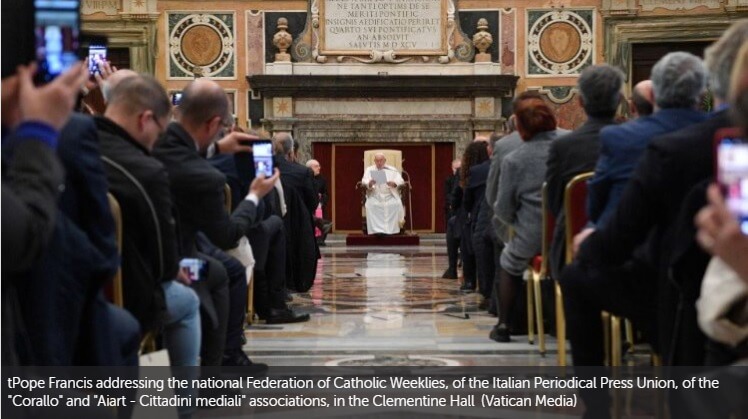In his message for the 58th World Day of Social…
First layman to head Vatican Communication Office

VATICAN CITY – Pope Francis on 5 July 2018 named Paolo Ruffini as the new Prefect for the Dicastery for Communication.
Paolo Ruffini was born in Palermo, Sicily, on 4 October 1956.
He attained his degree in Jurisprudence from La Sapienza University of Rome.
Dr Ruffini has been a professional journalist since 1979. He has worked for the papers Il Mattinoof Naples (1979-1986); and Il Messaggero of Rome (1986-1996); in radio at Giornale Radio Rai(1996-2002), Canale Gr Parlamento (1998-2002), Radio 1 (1999-2002) and Inblu Radio (2014-2018); and on television at Rai3 (2002-2011), La 7 (2011-2014); and Tv2000 (2014-2018).
He has received numerous awards for journalism, and taken part in numerous conferences on the role of communications ethics, the new media, and the role of Christians in media.
His father Attilio, an anti-fascist and among the first Christian Democrats, was repeatedly a minister. His great-uncle, originally from Mantua, was Archbishop of Palermo, (nominated by Pacelli) and a member of the Sacred College from 1945 to 1967.
Ruffini, married to Maria Argenti, is the first lay person to head a department of the Roman Curia. The Department for Communication is a new reality that unites and coordinates all the editorial, informative, communicative and multimedia realities of the Holy See together with what was once the Pontifical Council for Social Communications.
Ruffini’s nomination as head of one of the most significant Vatican department – in terms of number of persons employed – is unprecedented in the history of the Holy See, which up to now had only the current commissioner of the vice-presidency of the Pontifical Commission for Latin America, Professor Guzman Carriquiry, formerly number three of the old Pontifical Council for the Laity, as the only lay person leading a top position.
For the first time, therefore, a married man, neither bishop nor priest, takes on a role comparable to that of cardinals and archbishops heads of department, that is, “ministers” of the Pope and his collaborators in the Curia.
What are the reasons for Francis’ decision? The Pope had the opportunity to know and appreciate the work of the new Prefect in the years spent at Tv2000 (Ruffini himself, together with Lucio Brunelli, director of the episcopal TV news had interviewed Pope Francis at the end of the great extraordinary Jubilee of Mercy, in November 2016).
Ruffini’s curriculum speaks for itself: a journalist and TV expert, he was the director of Rai3 in the years when the third network of Italian public TV produced some of the highest quality programmes. His ability and competence in the field of communication are therefore known and recognised.
Ruffini’s most hidden feature, for it is known only to those who have had the opportunity to work with him, is his ability to listen and making the most of each person’s abilities, including and never excluding.
The unmistakable human trait of a transparent person: it is no coincidence that at noon on 5 July 2018, when the appointment to the Vatican was made public, there were several collaborators, journalists and technicians in tears in the studios of Tv2000.
The Vatican media are going through a difficult transitional phase: the path of the reform undertaken by the previous Prefect, Monsignor Dario Edoardo Viganò, who resigned following the incident of Benedict XVI’s partially published letter, but kept the role of “councilor” in the dicastery – has yet to be completed. Tensions and misunderstandings were not lacking.
The arrival of a person who, wherever he found himself holding positions of responsibility, was able to make all his collaborators work well, making the most of each person’s abilities, is therefore a significant choice, light years away from the corporate and functional mentality that sometimes seems to infect the Church too when it pursues big majors’ models ending up taking for granted the content of what it communicates. – Andrea Tornielli, Vatican Insider News / Vatican News



